

Lockheed Martin alleged in court filings that Howmet cut off the supply of titanium after the aerospace giant refused to agree to higher prices, threatening production of the F-35.
By Michael Marrow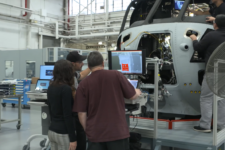
Closing supply chain gaps in innovating technology will reposition the industrial base to be a strategic source of value.
By Breaking Defense
“I love AI. I want lots of AI,” Dave McKeown told Breaking Defense. But, so far, neither government nor industry has developed artificial intelligence that can really help with cybersecurity.
By Sydney J. Freedberg Jr.
L3Harris is also in the process of setting up an engineering center at joint venture laboratory where “we will be doing waveform development, crypto, and that type of niche technology that complements the production capabilities in Saudi Arabia.”
By Agnes Helou
SSC Director of International Affairs Deanna Ryals told Breaking Defense that the primary goal of the first-ever “international reverse industry days” meeting is survey the landscape of needed allied space capabilities, and figure out where countries can help fill each other’s gaps.
By Theresa Hitchens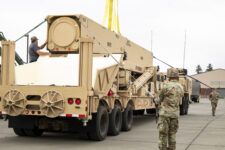
Despite the current supply chain obstacles, the Army is confident it can fully field the first Long Range Hypersonic Weapon (LRHW) units by the end of this calendar year, said Chris Mills of the service’s Rapid Capabilities and Critical Technologies Office.
By Theresa Hitchens
While key executives tell Breaking Defense they have adjusted to the new normal, experts worry IT supply chain vulnerabilities could be exploited in the future by adversarial nations.
By Jaspreet Gill
Because “the F35 JPO does not have an independent record of the global spares pool, and the values of the lost spare parts are not the fully burdened cost, the $85 million of identified losses by [the subcontractor] may not accurately represent the full quantity and value of lost spare parts,” the GAO found.
By Aaron Mehta
“For the first time in the recent past US and allied policymakers and industry appear truly aligned on the need to look beyond established domestic supply chains to cross-border sourcing and collaboration,” writes Aleksandar Jovovic of Oliver Wyman.
By Aleksandar Jovovic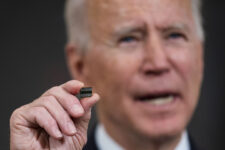
GAO raps Pentagon for relying on a strategy cobbled from four old documents.
By Lee Ferran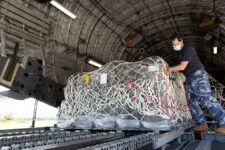
Australia’s new weapons catalog “will be absolutely invaluable to those governments and industries exploring ‘creative’ alternatives to defense acquisition […],” says Frank Cevasco, arms export expert.
By Colin Clark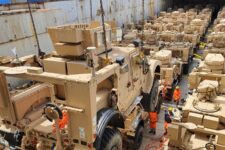
Incoming guidance will help to create a new framework to identify, assess, mitigate and monitor risk to its supply chains, according to Timothy Goddette, deputy assistant secretary of the Army for acquisition, logistics and technology.
By Andrew Eversden
The company delivered three more F-35s than it expected to in 2021, Lockheed announced today.
By Valerie Insinna
















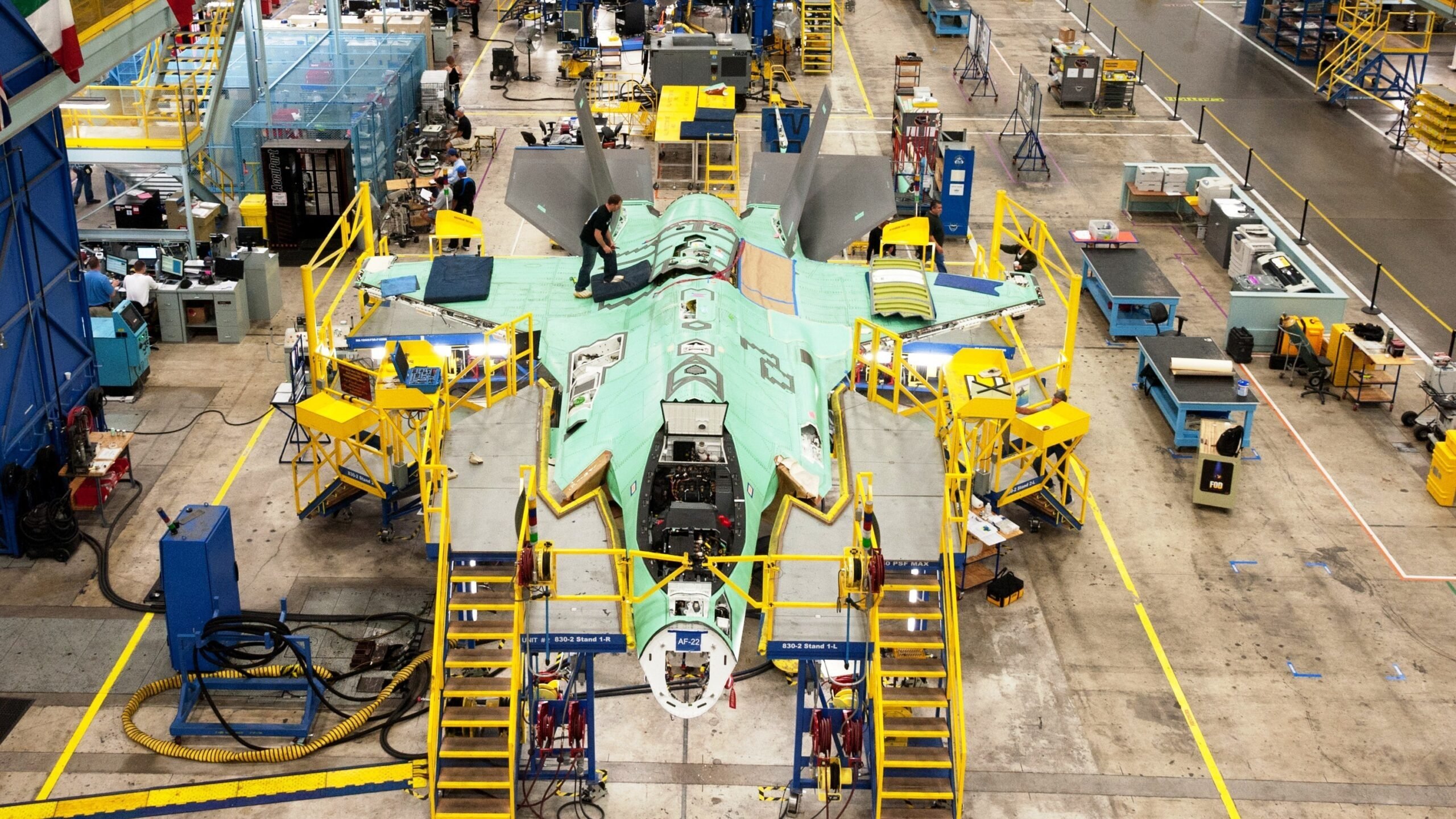

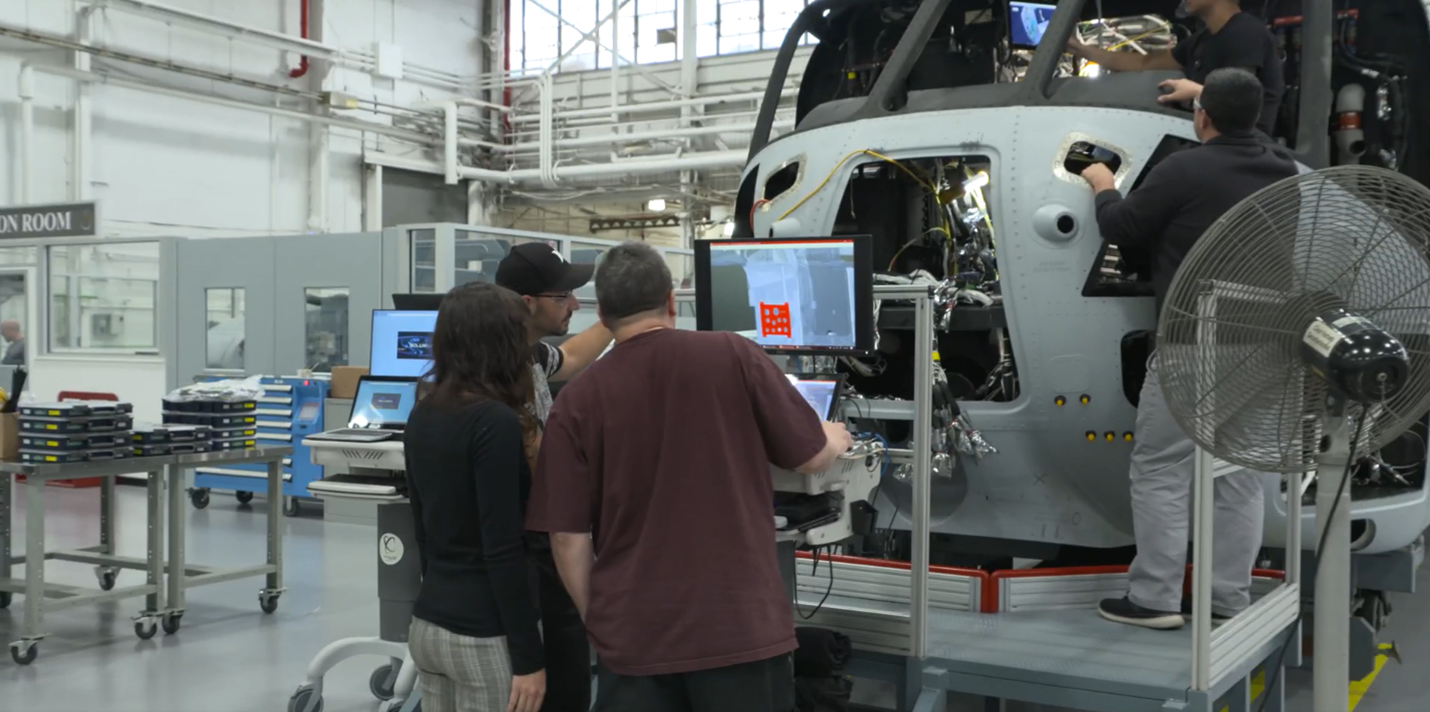


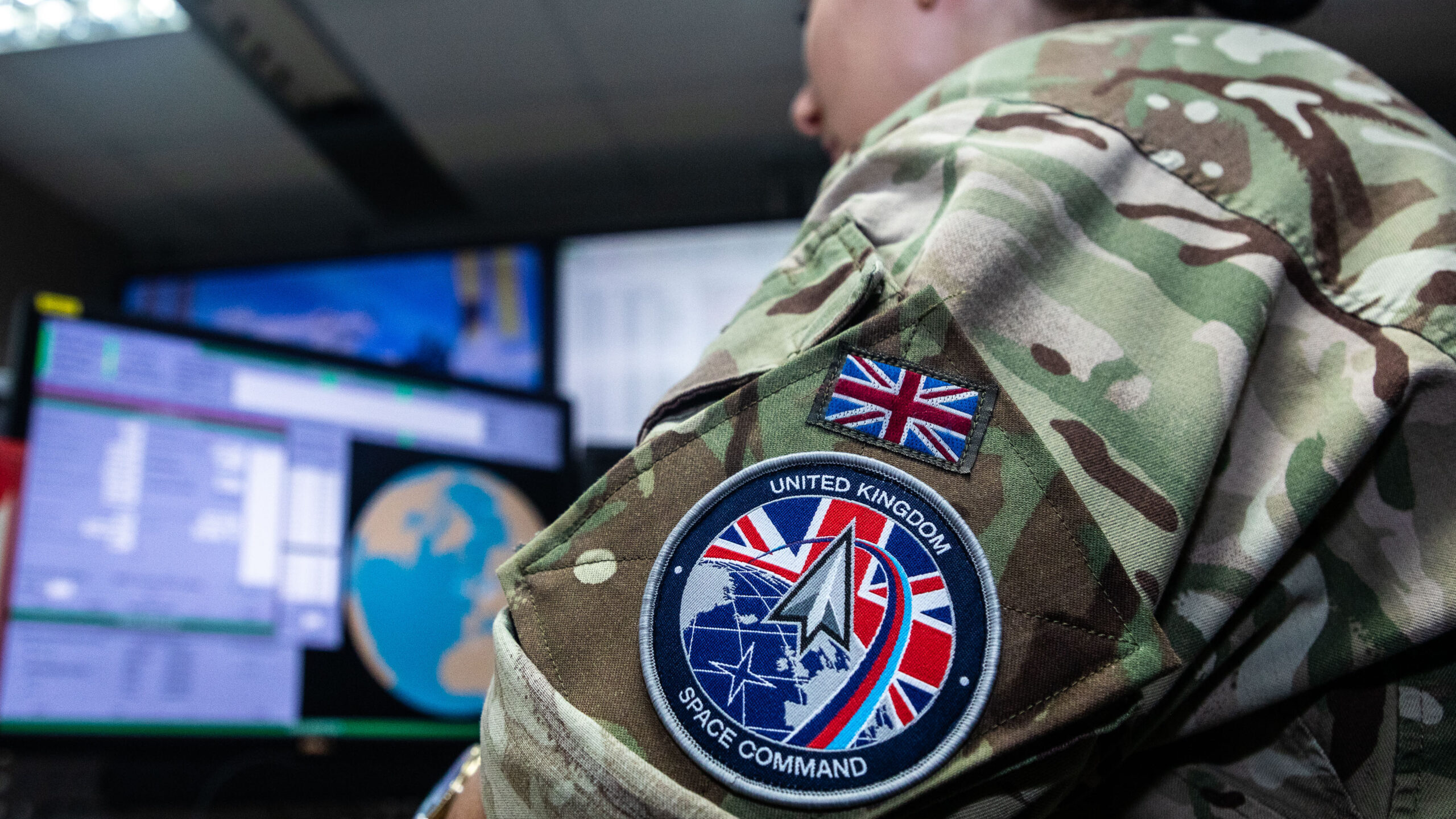
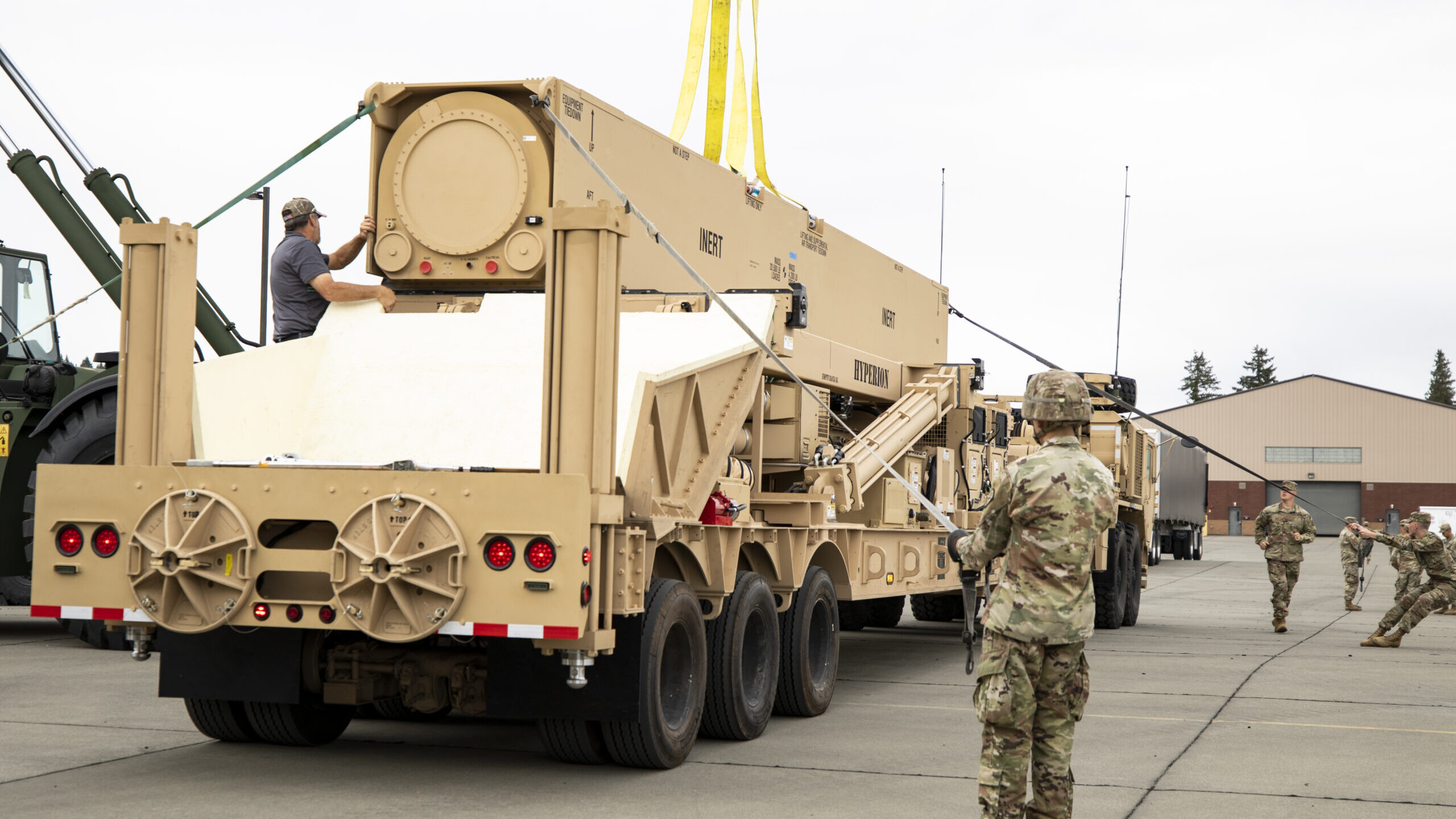


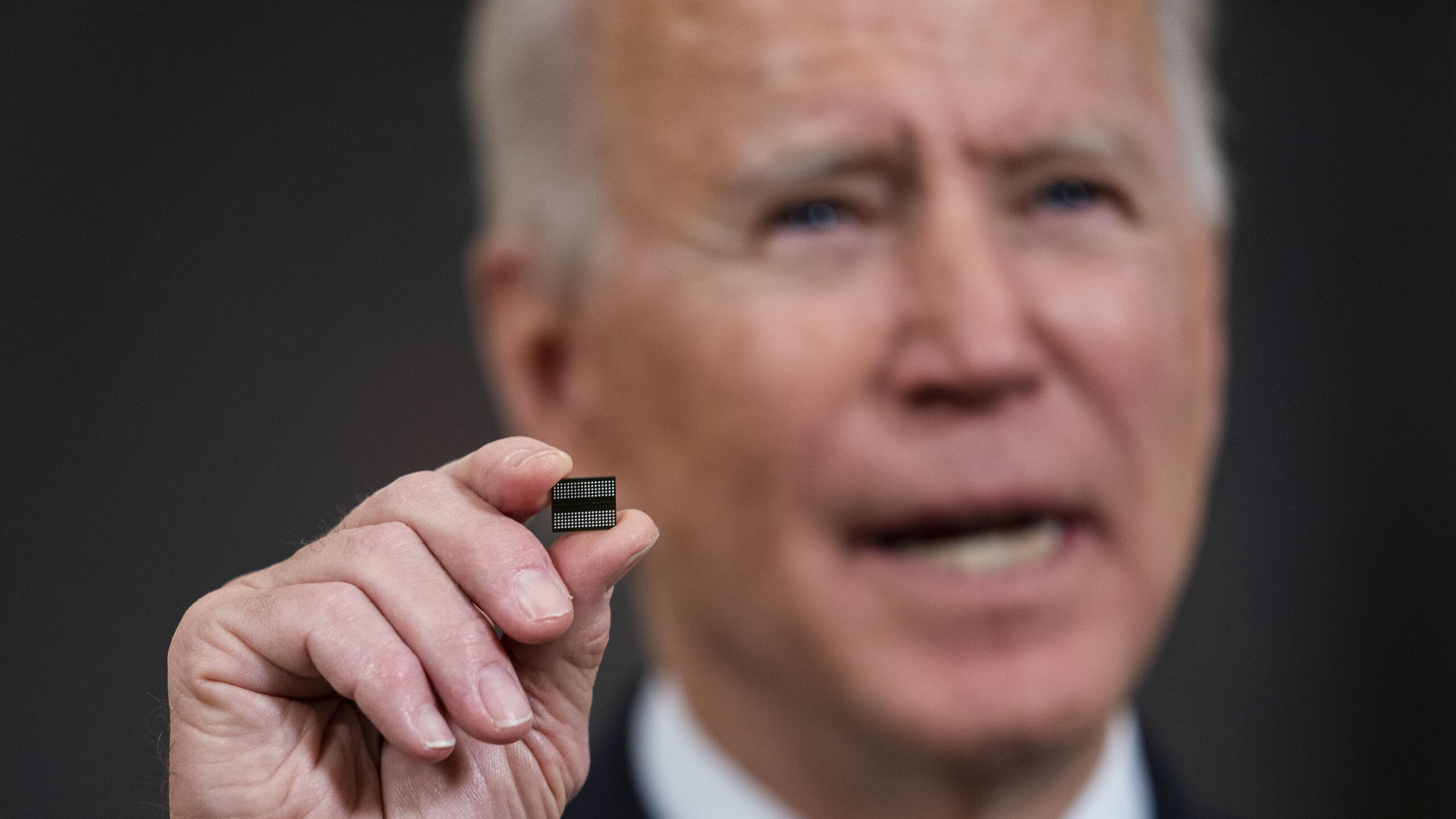
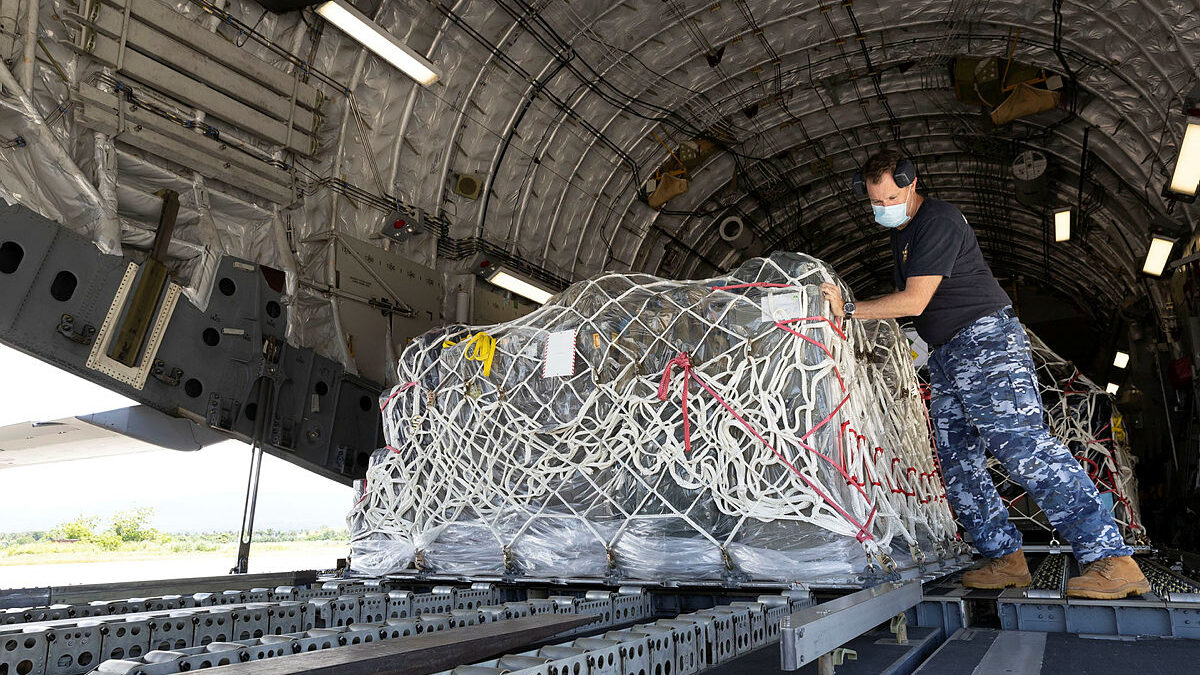
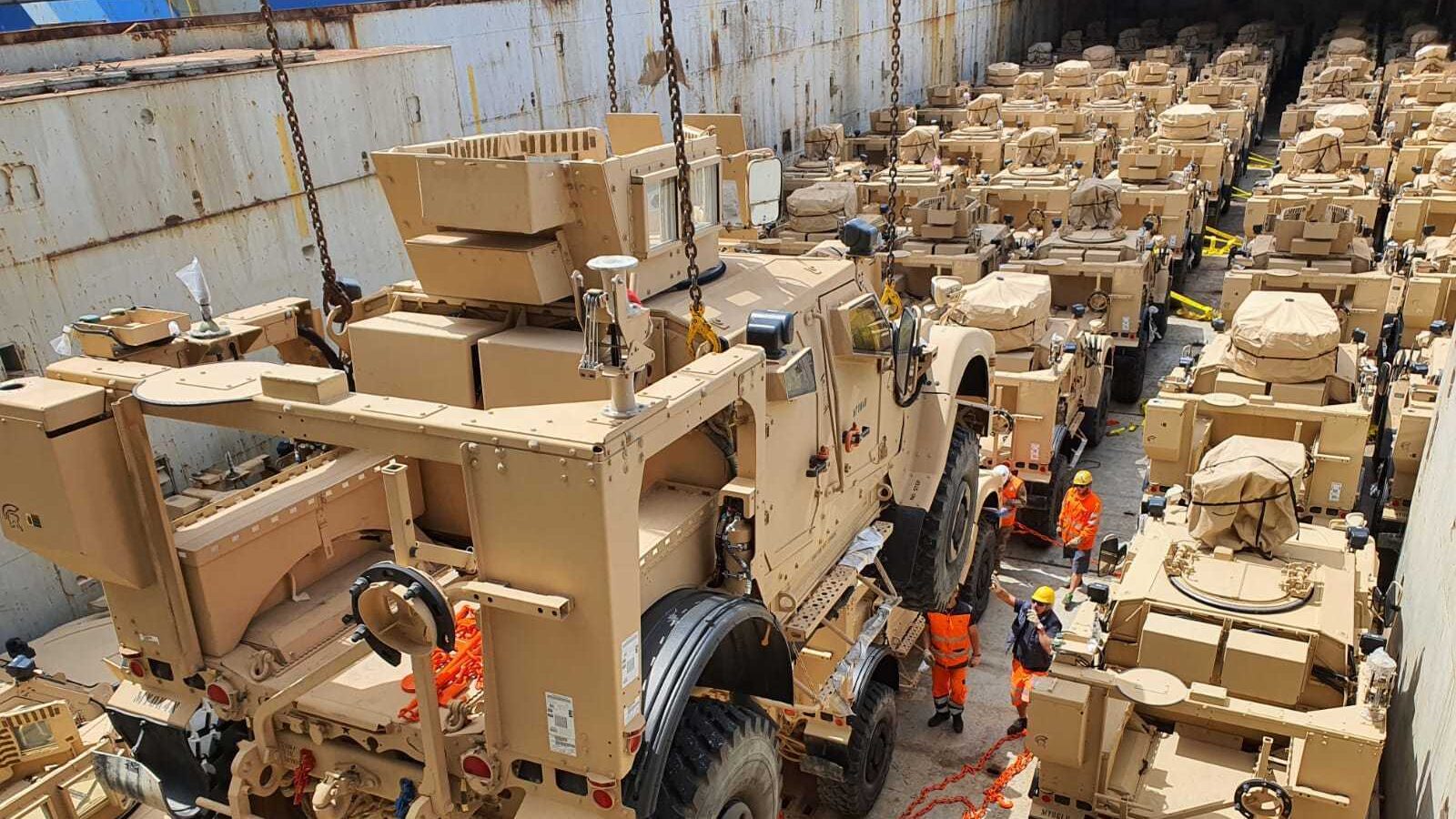
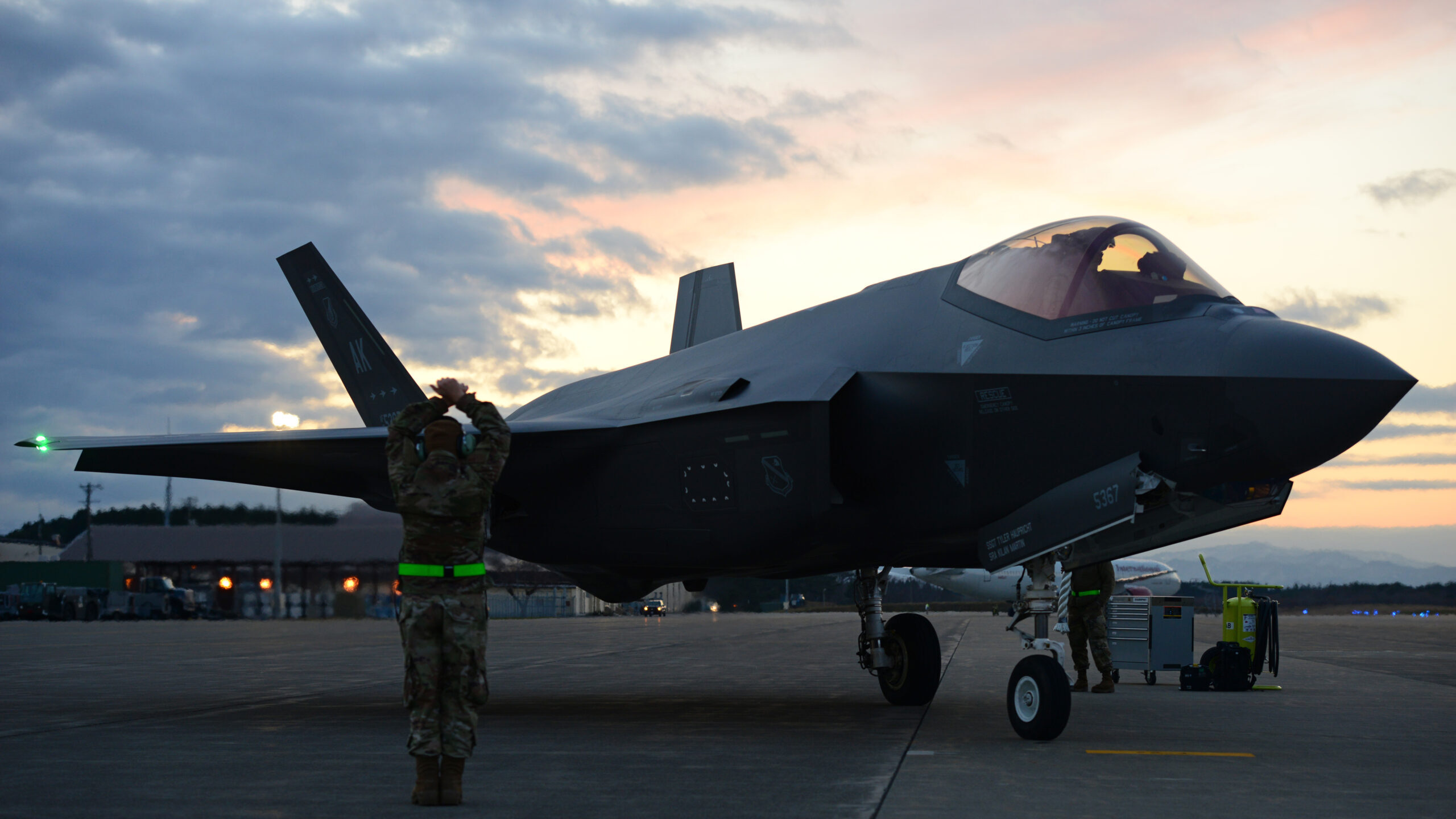





The need to strengthen supply chains is creating an opportunity for the revival of second sourcing, a method used until the 1990s to secure defense supply chains, write Olivia Letts and Jerry McGinn.
By Olivia Letts and Jerry McGinn